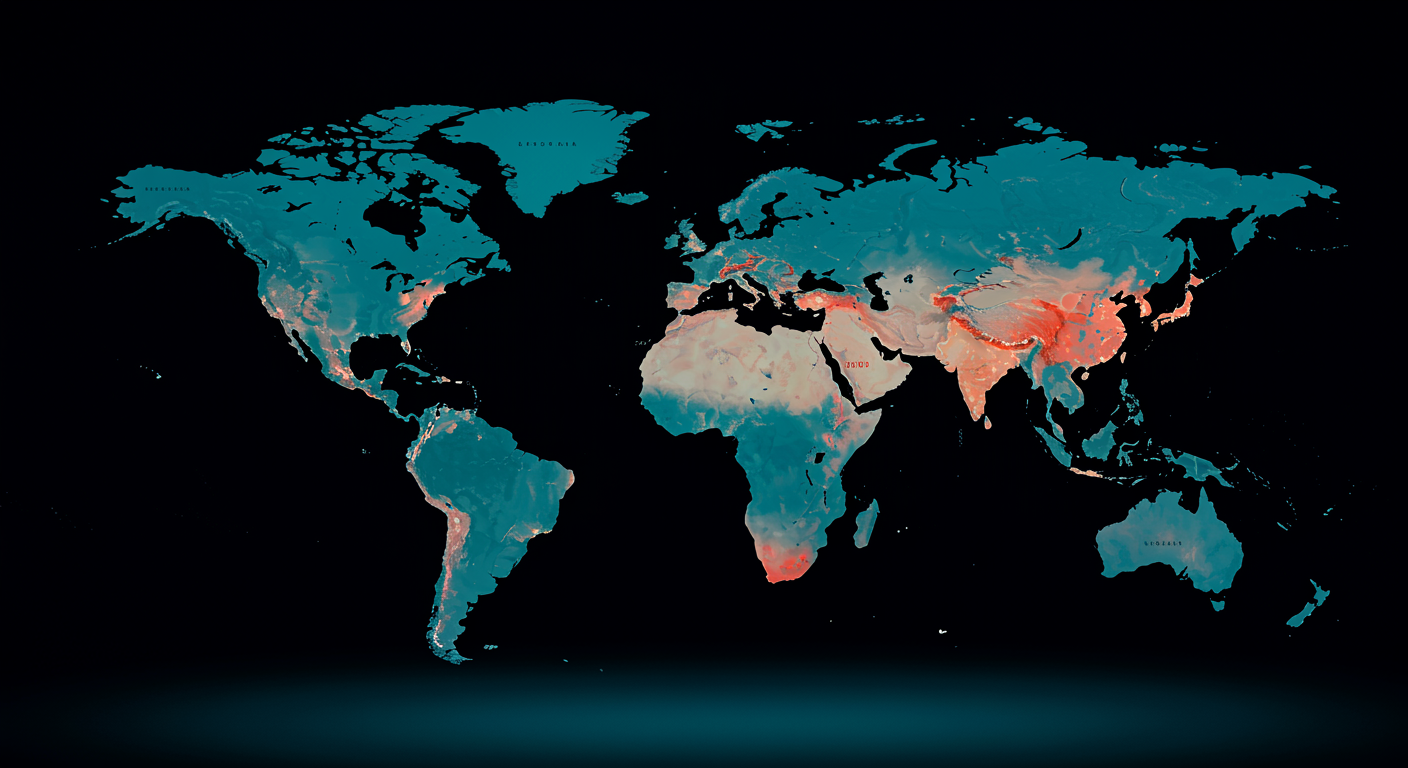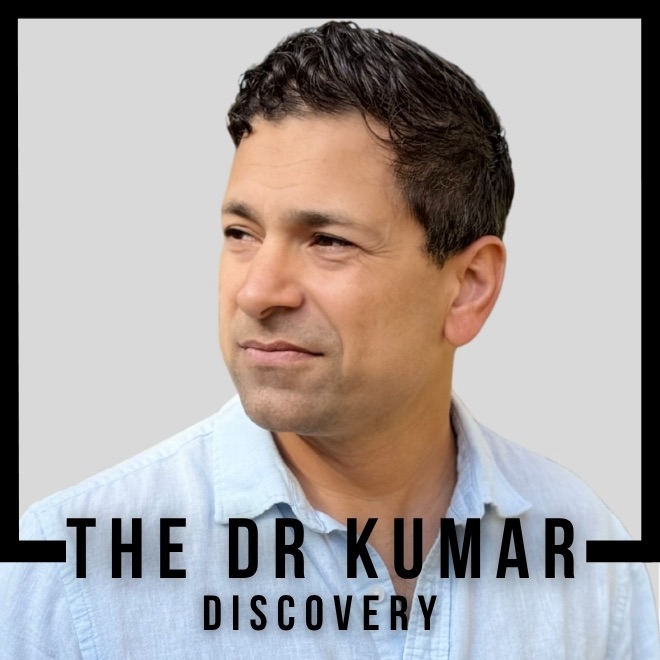How Close Are We to Completely Eradicating Polio From Earth?
Polio has been reduced by 99.9% since 1988, dropping from endemic status in 125 countries to just 2 remaining strongholds - Pakistan and Afghanistan. The Global Polio Eradication Initiative has delivered over 2.5 billion childhood immunizations through 200+ countries and 20 million volunteers, making polio eradication one of the greatest public health achievements in history.
Dr. Kumar’s Take
We’re witnessing the final chapter of humanity’s second disease eradication effort after smallpox. The numbers are staggering - from over 1,000 children paralyzed daily in 1988 to just two countries remaining. However, recent cases in Gaza after 25 years of elimination remind us that war, conflict, and breakdown of health systems can quickly reverse decades of progress. The last 0.1% may prove the most challenging.
What the Research Shows
According to the American Society for Microbiology’s 2024 analysis, polio’s near-eradication represents unprecedented global collaboration. When the Global Polio Eradication Initiative (GPEI) launched in 1988, polio was endemic in 125 countries and paralyzed more than 1,000 children every day worldwide.
The GPEI partnership includes six core organizations: WHO, Rotary International, CDC, UNICEF, the Bill & Melinda Gates Foundation, and Gavi (the Vaccine Alliance). Since 1988, this collaboration has coordinated more than 2.5 billion childhood polio immunizations across more than 200 countries.
Historical Context
Polio’s history reveals how improved living conditions paradoxically worsened the disease. Ancient Egyptian art shows figures with characteristic polio paralysis, but epidemics weren’t documented until the late 19th century. As hygiene improved in industrialized nations, severe polio cases actually increased.
The explanation lies in maternal immunity. In unsanitary environments, babies were exposed to polio early while still protected by maternal antibodies, resulting in mild infections and lifelong immunity. Clean environments delayed exposure until after maternal protection waned, leading to more severe disease in older children.
The first large U.S. outbreak occurred in Vermont in 1894 with 132 cases. By 1952, polio caused 21,000 paralytic cases and 3,000 deaths annually in America alone. At its global peak, the virus affected more than half a million people annually worldwide.
Study Snapshot
The eradication campaign achieved remarkable milestones:
- 1988 baseline: 125 endemic countries, 1,000+ daily paralytic cases
- Vaccine deployment: 2.5+ billion childhood immunizations delivered
- Volunteer network: 20 million volunteers across 200+ countries
- Current status: Only Pakistan and Afghanistan remain endemic
- Reduction achieved: 99.9% decrease in global polio incidence
- Rotary International: Launched global immunization effort in 1985
Both Salk’s inactivated vaccine (IPV) and Sabin’s oral vaccine (OPV) proved crucial. Salk’s vaccine, tested on over 1 million children in the 1950s, showed 90% effectiveness against serotypes 2 and 3, and 60-70% against type 1. Sabin’s oral vaccine offered easier delivery and better transmission interruption.
Why This Matters for Modern Medicine
The polio eradication effort demonstrates several critical principles for global health:
Vaccine Equity: Jonas Salk famously refused to patent his vaccine, asking “Could you patent the sun?” This commitment to global access enabled worldwide distribution.
Dual Vaccine Strategy: Both IPV and OPV were essential - IPV for individual protection, OPV for community immunity and transmission interruption.
Global Coordination: The GPEI model shows how public-private partnerships can achieve what no single organization could accomplish alone.
Sustained Commitment: Eradication requires decades of consistent effort, funding, and political will across changing governments and crises.
Safety, Limits, and Caveats
The research identifies ongoing challenges in the final push toward eradication:
Vaccine-Derived Poliovirus: Oral vaccines can occasionally revert to virulent forms, causing circulating vaccine-derived poliovirus (cVDPV). The 2024 Gaza outbreak involved cVDPV2 after 25 years without polio.
Conflict Zones: War and instability create conditions ripe for polio resurgence. Fighting disrupts vaccination campaigns, damages sanitation infrastructure, and limits access to clean water and healthcare.
Final Strongholds: Pakistan and Afghanistan face unique challenges including security concerns, vaccine hesitancy, and difficult terrain that complicate immunization efforts.
Novel Solutions: WHO is deploying new oral polio vaccine (nOPV2) designed to be more genetically stable and less likely to revert to virulent forms.
Practical Takeaways
- Understand the scope: 99.9% reduction represents one of public health’s greatest achievements
- Recognize collaboration power: 200+ countries and 20 million volunteers demonstrate global cooperation potential
- Appreciate vaccine innovation: Both killed and live vaccines were necessary for different aspects of eradication
- Support sustained efforts: The final 0.1% may be the most challenging and expensive to eliminate
- Learn from setbacks: Gaza’s 2024 outbreak shows how quickly progress can reverse in crisis conditions
- Value equity: Salk’s patent-free approach enabled global vaccine access essential for eradication
Related Studies and Research
- What Is Poliomyelitis? The Virus That Once Terrorized America
- The March of Dimes: How FDR’s Campaign Funded the Polio Vaccine
- The 1954 Salk Vaccine Trial: 1.8 Million Children as Polio Pioneers
- Paul Alexander: The Man Who Lived 72 Years in an Iron Lung
- Episode 28: Iron Lungs, Fear, and a Miracle: How We Stopped Polio
FAQs
Why do only Pakistan and Afghanistan still have polio?
These countries face unique challenges including ongoing conflict, security concerns that disrupt vaccination campaigns, difficult terrain, and pockets of vaccine hesitancy that create immunity gaps.
How did improved hygiene make polio worse initially?
Better sanitation delayed children’s exposure to polio until after maternal antibodies waned, leading to more severe disease in older children compared to early mild infections in unsanitary conditions.
What’s the difference between wild and vaccine-derived polio?
Wild poliovirus is the original virus, while vaccine-derived poliovirus occurs when oral vaccine strains revert to virulent forms. Both can cause paralysis, but vaccine-derived cases are much rarer.
Could polio come back to eliminated countries?
Yes, as Gaza’s 2024 outbreak shows. War, conflict, or breakdown of health systems can create conditions for polio resurgence, especially if vaccination rates drop.
When might polio be completely eradicated?
With only two endemic countries remaining and 99.9% reduction achieved, complete eradication could happen within years if current challenges in Pakistan and Afghanistan are overcome.
Bottom Line
Polio eradication represents one of humanity’s greatest public health achievements, reducing cases by 99.9% from 125 endemic countries in 1988 to just Pakistan and Afghanistan today. Through 2.5 billion vaccinations delivered by 20 million volunteers across 200+ countries, we’re closer than ever to making polio the second disease eliminated from Earth - but the final 0.1% requires sustained global commitment to cross the finish line.


